Where do you live: Kelowna, BC, Canada
Your education: College diploma
You mentioned falling in love with art at a very young age. Can you share your earliest memory with your father’s Canon camera and how it shaped your artistic journey?
I was young — maybe 5. I remember this silver case that was always kept beside the dresser in my parents’ bedroom. It wasn’t to be touched. That case only came out during special moments — family gatherings, holidays, the big moments. It was like a treasure chest, and inside was my dad’s Canon AE-1 35mm film camera. I watched him light up whenever he brought it out, like he was stepping into another part of himself. That camera held a kind of reverence in our home. And it wasn’t until earlier this year, while visiting my mom and going through old belongings, that I realized photography didn’t just belong to my dad — it ran down the family line. That lineage, that quiet passing-down of a creative language, really shaped how I saw the world and helped me fall in love with capturing it.
Your work seems to capture fleeting “shimmers” in everyday life. How do you decide which moments are worth preserving?
It happens in a flash — a feeling washes over me, like the warmth of golden hour light. It speaks to me, even if I don’t fully understand what it’s saying yet. Sometimes I won’t know the true meaning of a capture until weeks or months later, or even years as I experienced recently. It reveals itself in hindsight. The shimmer of that moment tells me there’s something sacred there — even if it’s ordinary on the surface.
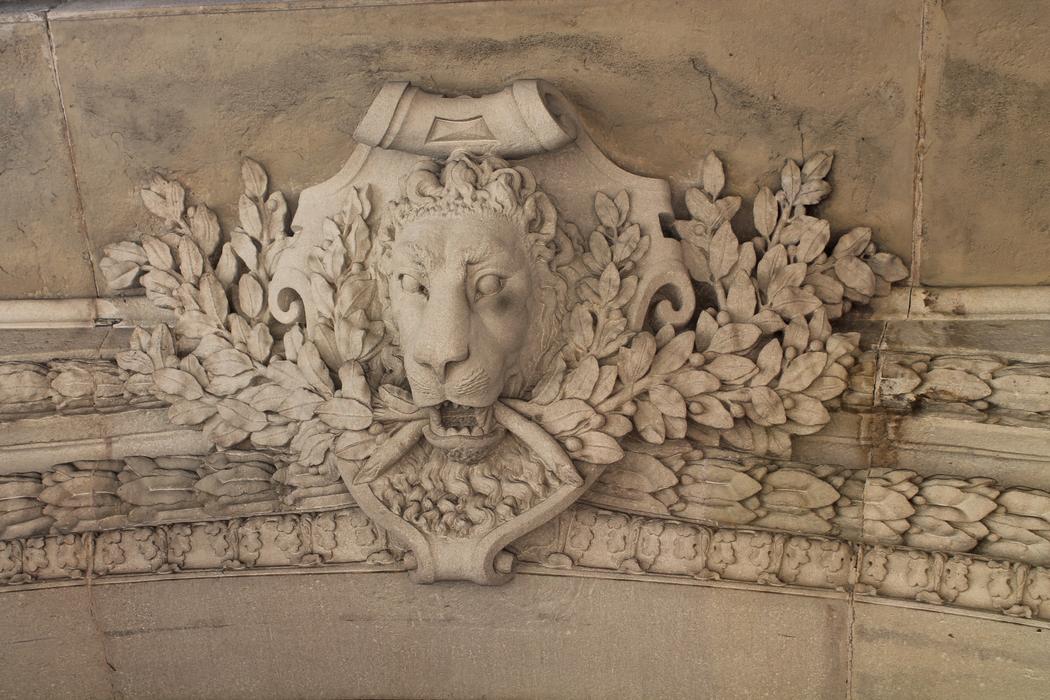
Van Gogh, Picasso, and Monet clearly inspire you. How do you blend their influence with your own personal style?
What I admire about them is that they never created to fit in. They painted from a place of self — from grief, love, longing, and lived experience. They created what they needed, not what others expected. That energy resonates with me deeply. My own process feels similar: I create from within, often not knowing what will come out until it does. Their spirits guide me not in style, but in courage — to trust what wants to come through me.
Many of your images balance between abstraction and reality. What role does imagination play in your photography?
To me, imagination paints the plausible into the possible. It’s the space where dreams and wonderment live — and where they take shape in real time. My camera becomes the brush, and light becomes the paint. What you see may be a real moment, but it’s filtered through the lens of how I felt, what I imagined, and what wanted to be expressed.
You describe art as “pure play.” How do you maintain that sense of joy and spontaneity in your creative process?
There’s no planning. I never ask, “What image should I make next?” A download just drops in, and I roll with it. That’s how I stay in the flow. Art, for me, has to remain a playground — not a production line. It’s where I lose time, drop expectations, and just live in the present.
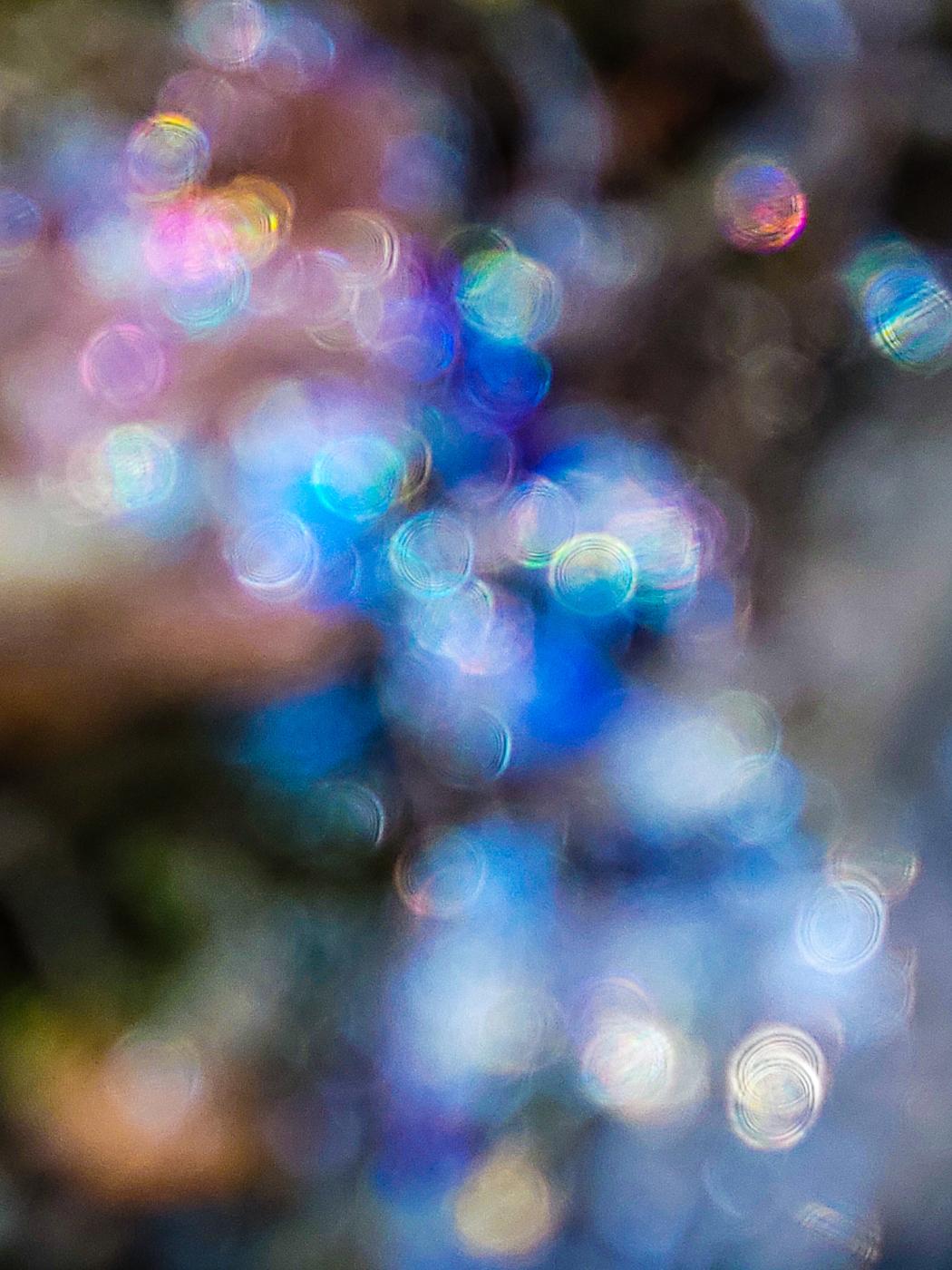
Do you see your photography as closer to storytelling, painting with light, or documenting life?
It’s all of them. Every photo documents not just what was in front of me, but what was within me in that exact moment. It’s how the light caught my attention, how it painted itself into the frame, and how I chose to hold that moment still — both as a memory and a message.
What do you hope people feel when they look at your photos?
Intrigue. Wonderment. Essence. I want people to feel the in-between — that shimmer of something unnameable. If they pause, feel a tug in their chest, or even just wonder what the story is behind the frame… then the image has done its job.

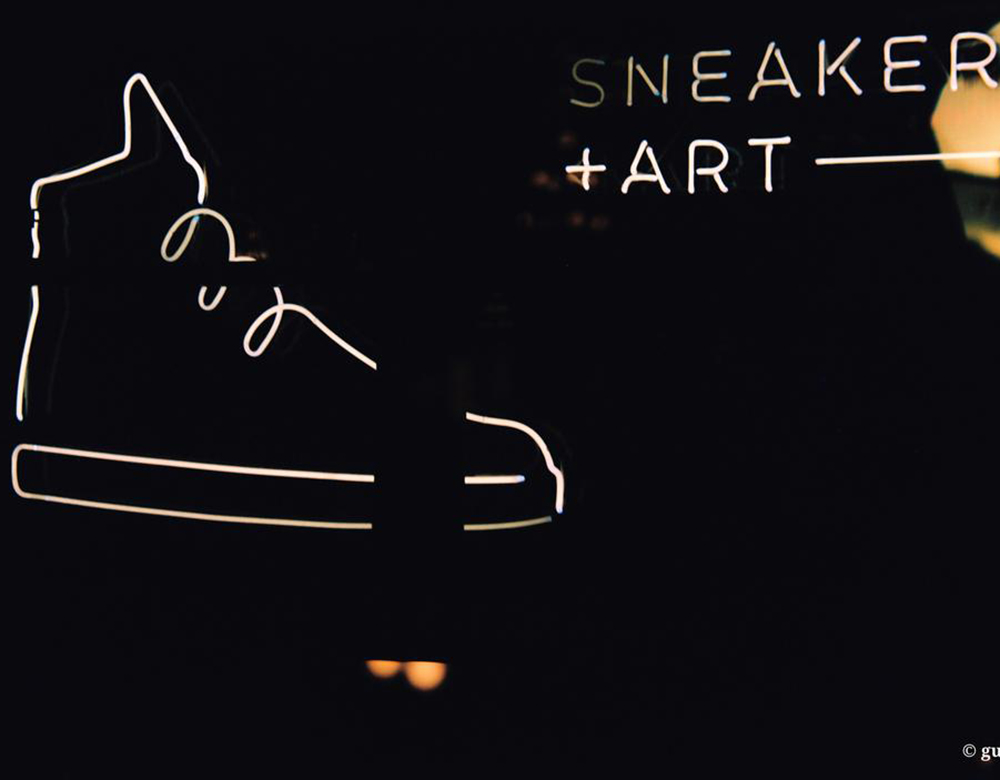
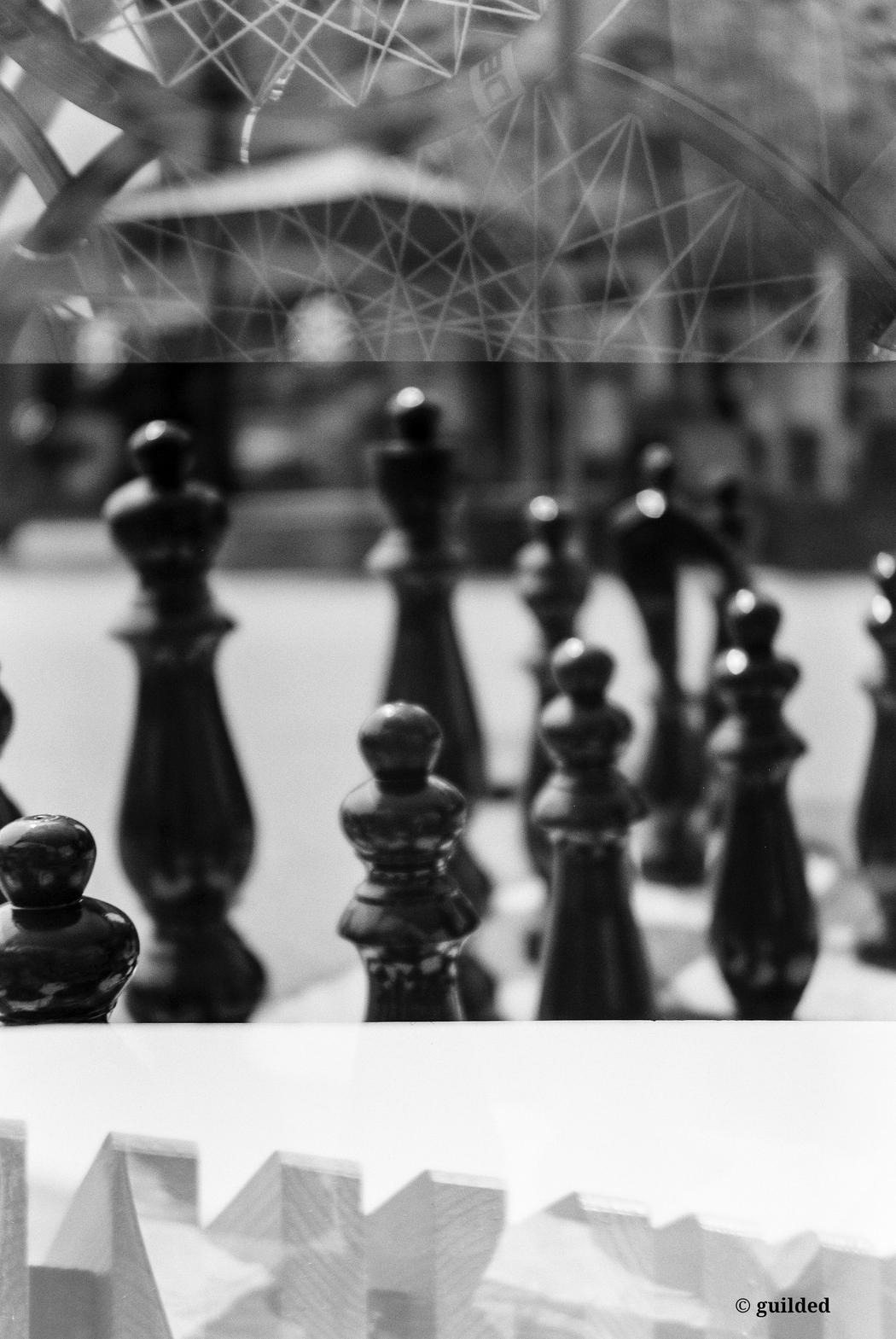
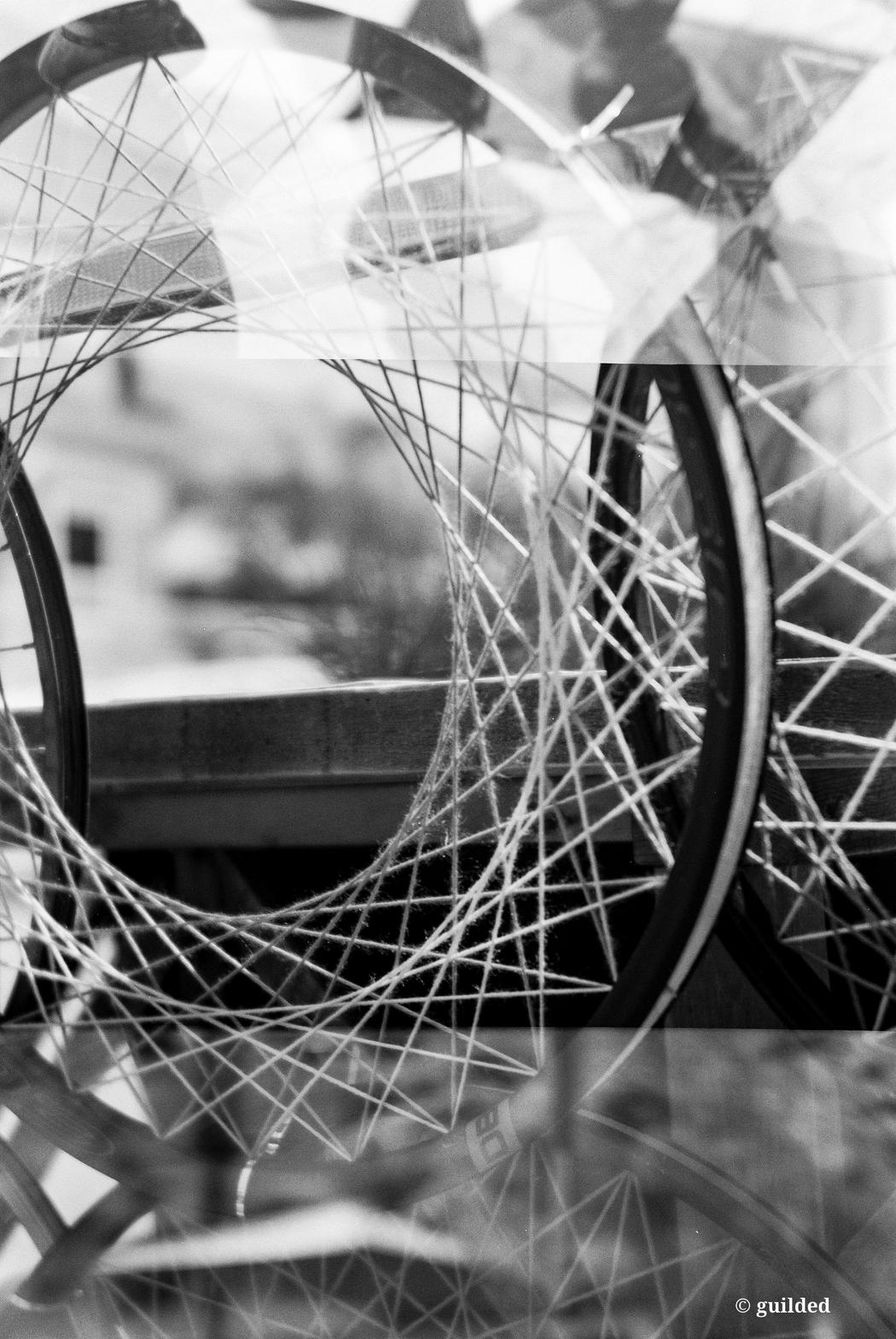
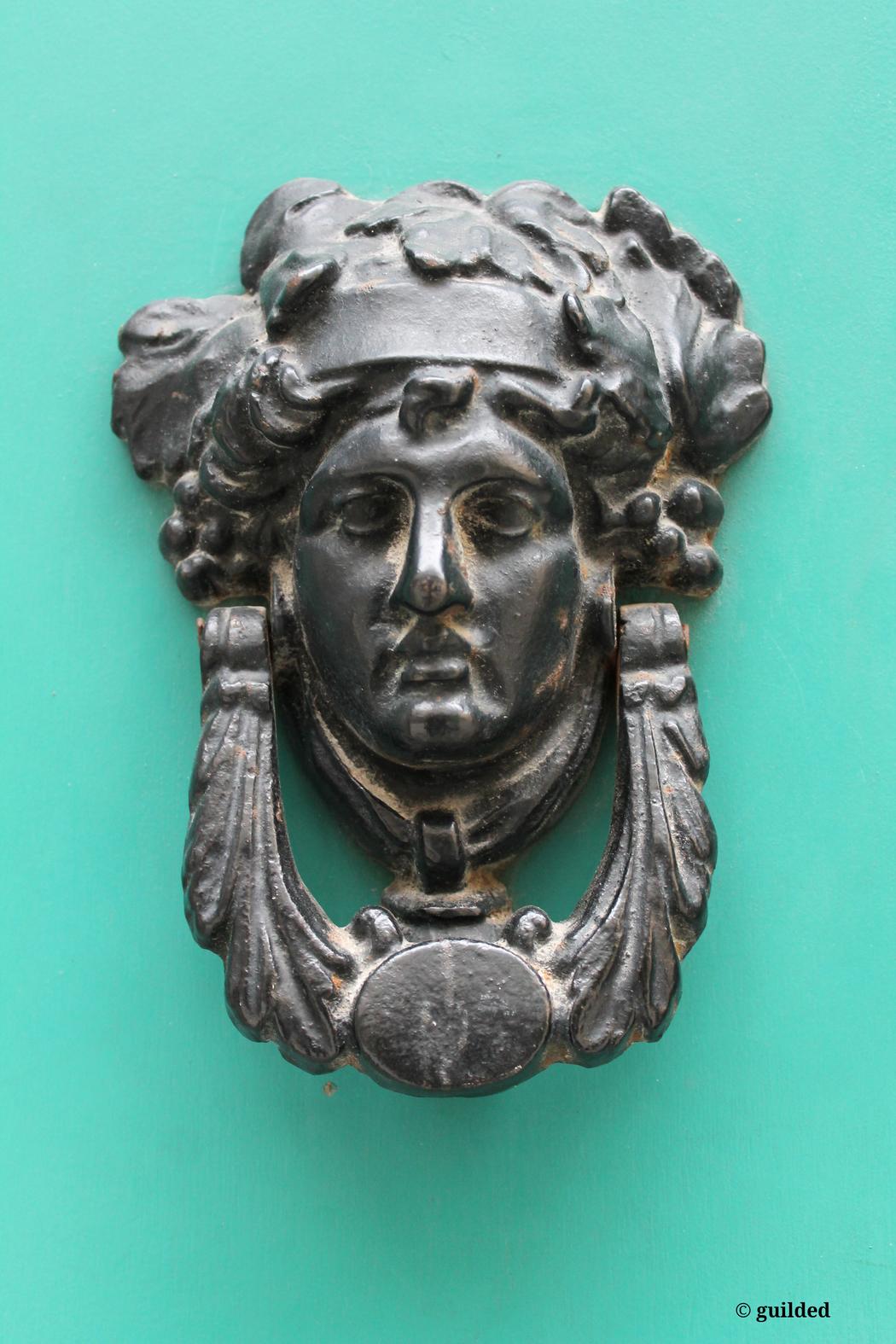
0 comments on “Brandie Jollimore”